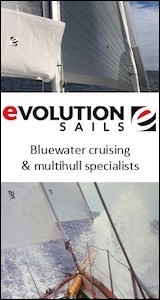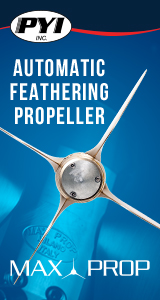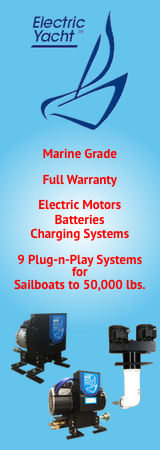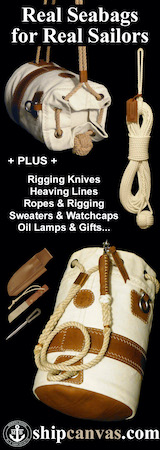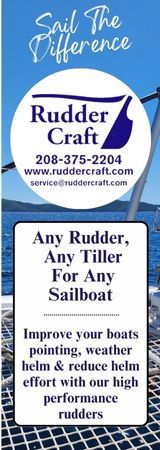Hi Peter, Here are my thoughts…
The Hunter 38 was designed to be a cruising boat. Standard equipment for the H38 includes the roller furling jib. I believe the differences in furling vs non-furling sail area you are seeing in Hunter documentation refer to the mainsail, not the jib. It’s possible, but unlikely, that someone would purchase an H38, remove the jib roller furling system and also replace the jib itself with one you manually hoist and douse. Then add multiple headsails including a reaching sail. Doing that will help with performance. But that’s not why you buy the boat. There is also a downside. In doing that there won’t be a way to reef the headsail. In reefing conditions, at some point, you’ll have to replace the sail with one that is smaller. Not easy. With the furling jib, when the wind picks up, you can lessen sail area by simply furling in the jib to any point you want. Jib furling sails are designed to keep their shape for about the first 25-30% of furling. After that, sail shape is too full. But then you can just furl in more.
If you decide to keep the furling jib, you might want to consider the optional symmetrical spinnaker and pole instead of a reaching sail. The reaching sail will need a second tack point which I’m not sure the H38 has.
So, regarding your story, you can reduce the area of a furling jib. You can’t reduce the sail area of a hanked on jib. In that situation, you have to replace the sail with a smaller one.
Realistically, because it’s a Hunter 38, I would keep the furling jib.
Hope this helps.
